What does this light on my dashboard light mean?
A common thought for many drivers when a warning light appears illuminated on the dash. Modern vehicles are equipped with a wealth of technology including sensors and electronic systems to help make driving easier, pleasurable and most importantly safer.
Having knowledge of various car dashboard warning lights will enable you to take proactive action and prevent full mechanical failure. Knowing your Dashboard Lights warning could make a difference into a small repair bill from the one that is much harder to swallow.
First of all, you can determine the severity of the issue by looking at the colour of the sign:
- Red Warning Light: A potentially serious problem or a safety reminder that requires urgent attention.
- Orange/Yellow Warning Light: Prompts that a service is required or a component needs repairing.
- Blue/Green Symbol Light: Informs you that a certain feature is active.
- Flashing Warning Light: It is urgent that you look at a component for servicing or repairing.
The significance of these dashboard lights and steps to follow:-
Check engine light: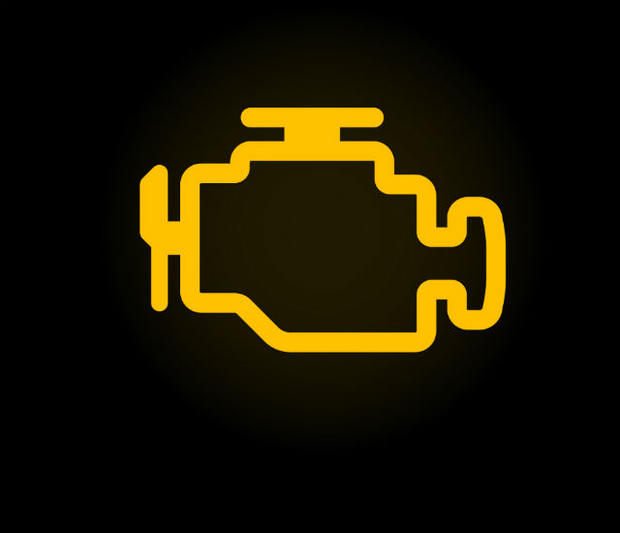
This will usually mean that there is a problem with the engine’s management system or the engine’s emissions control system. If this light blinks while driving, you should have your car checked as soon as possible. Ignoring a check engine light can lead to more serious problems in the future.
Battery/ Alternator warning:
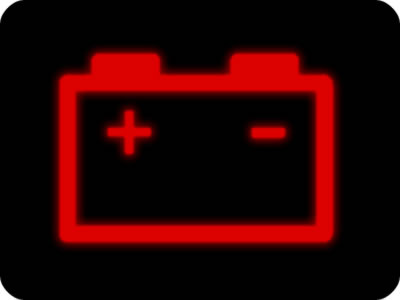
This light means that your battery is not charging. While it won’t affect your ability to drive, the battery is now draining rather than charging which means electrical systems eventually may stop working and you won’t be able to restart the car. If no other light flashes when this light appears you are OK to continue a few miles more until you find a garage that can help.
Low oil pressure:
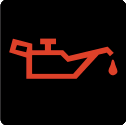
If the oil pressure drops then it can cause serious problems to your car’s internals. It’s best to stop immediately if this sign appears. This light should be attended to at once otherwise it can cause damage to other car parts and systems.
Temperature warning:

This light indicates that the temperature has exceeded normal limits. So it’s worth taking a look at your coolant level, fan and radiator cap. If it is not a coolant shortage, don’t drive your car for long distances, as overheating can cause several severe issues.
Brake warning:

If this light shows up, it indicates one of the three possible conditions- Parking Brakes (Hand brakes) is on, there’s a problem with the braking system or the brake fluid is low.
ABS warning light:
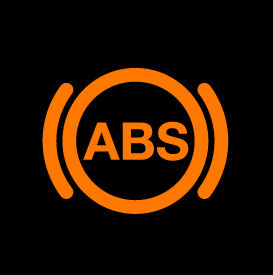
While driving, ABS (anti-lock braking system) warning flash means that your car’s ABS needs to be checked asap. You should be safe to drive and apply brakes normally without ABS, but this isn’t true for every vehicle. Make sure you check your handbook to be on the safe side.
Low fuel:
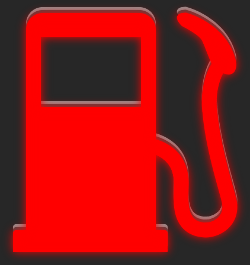
This one shows that you are running low on fuel. This light could be orange or red depending on your car. Cars usually travel at least another 20-30 kilometres after this light appears, but it depends entirely on how you are driving the car and what type of terrain you’re driving it on.
Door ajar:
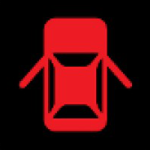
Car doors indicator will show up when one or more car doors, including the boot, are incorrectly closed, or still open.
Power steering warning lights:

Indicates the fault in the power steering components or fluid levels. Driving without power steering will result in heavy steering at low speeds and can be risky at high speeds. if you top up the fluid level and the problem persists, there may be a leak in the system that you need to check.
Powertrain malfunction:

This light will illuminate when the engine management system detects a fault, requiring the engine to be shut down and given immediate attention.
Hazard light:

This light will illuminate with other lights and is usually accompanied by an error message in the display.
Airbag warning light:
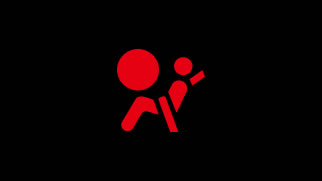
It indicates that the vehicle has found a fault in the airbag system and the computer has set a code. Professional repair of the supplemental restraint system is highly recommended.
Washer fluid reminder:
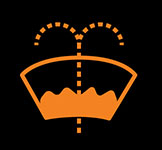
Indicates washer fluid is low. Fill the washer fluid reservoir. The cap has a symbol that looks like a windshield. Some vehicles have separate reservoirs for front and rear window washers.
TMPS (Tyre Pressure Monitoring System):
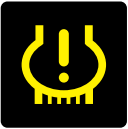
This is designed to check that your tyre pressures remain normal and if this changes, informs you of an issue. This shows that the pressure in one or more of your tires is too low and needs to be attended to.
Traction Control:
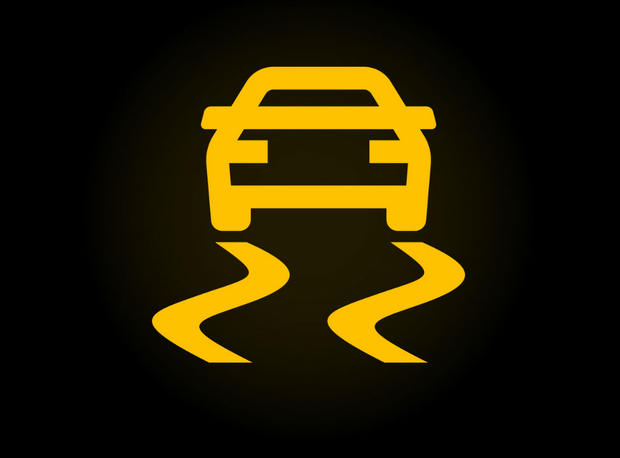
Illuminates when the vehicle’s traction control/anti-skid or electronic stability system is in use. Usually, an indicator that conditions are slippery.
High beam light:
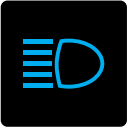
It is turned on when the driver activates the high beam mode of the headlights.
Parking sensor light:
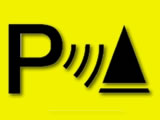
A lot of modern vehicles are equipped with parking sensors that help in parking in tight spaces. This light will illuminate when the system has been manually turned off or if there is an issue with the sensors.
Seat belt reminder light:

This light keeps on flashing with a warning sound. It remains active as long as the vehicle is moving and the belt remains unfastened.
Cruise control:
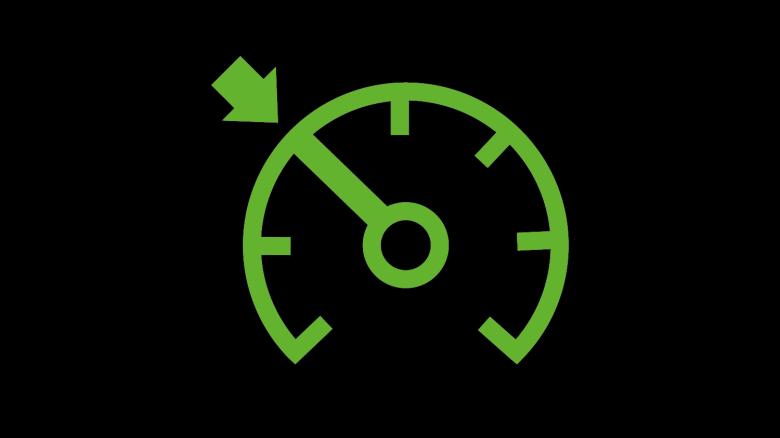
This light is turned on when the cruise system light is activated.
Key not in the vehicle:
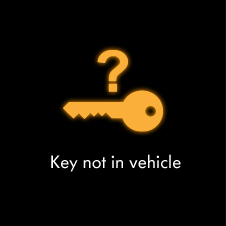
This warning light is found in cars with keyless entry option. This warns about the missing key and does not let you turn on the ignition.





